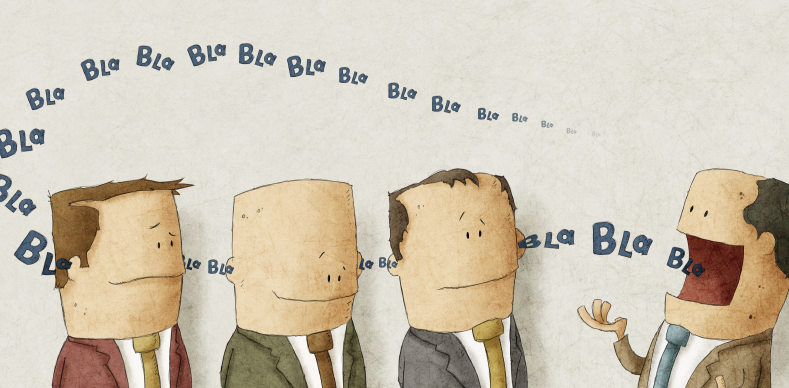First, some perspectives and elements to consider:
- What is at stake – this rumbles underneath communication and often subconsciously
- What are my values – this is often not acknowledged or articulated or understood
- What does conflict mean to me – there is always a fear of loss
- How do I manage the emotions – these will often hijacks the facts
- What is the real dilemma – there is nearly always a lack of clarity
- What is my ideal outcome – people don’t know, they get stuck in problem focus
THERE IS ALOT AT STAKE:
For many, it’s a case of, if I communicate my truth, somehow I might lose you or you might hate me or I might lose my position and I have a mortgage so I could lose my home. These are just a couple of easy examples though often what is at stake for people is not actually something they are really conscious of but the stakes are big. In this instance people swallow their truth or miscommunicate and as a consequence that unspoken truth can build up internally and either turn into resentment, anger, disempowerment or even un-wellness.
In this instance people swallow their truth and as a consequence that unspoken truth can build up internally and either turn into resentment, anger, disempowerment or even un-wellness.
TIP: Q. What is the worst thing that can happen. Q. What am I most afraid of?
NOTE: Usually, the worst thing that can happen does not happen, however, being aware of what is rumbling underneath in your fears and subconscious is vital.
FEAR OF CONFLICT = Fear of loss
Avoidance can occur in communication because of what we may fear is at stake if things go pear shaped in the communication. Often we don’t exactly know what the other person is really needing or hoping for and we ourself often don’t have clarity around what we really mean or are hoping for. When there is a lack of clarity around our own values, emotions and ideal outcomes the situation becomes a big scary thing or a blurry mix of random statements that are underpinned by heightened or scary emotions.
TIP: See conflict as a need to gather more information about your own and the other parties needs, values, ideal outcomes etc. Finding out more about exactly what is going on for other parties requires being neutral as opposed to being opinionated. That way there is no need for anyone to be combative as the main task at hand here is gathering facts.
NOTE: Be mindful not to be hijacked here by the emotions and to work at untangling the emotions from the facts. Your own and the other parties involved.
EMOTIONS and their volume knob (gathering facts)
When it comes to conflict in communication or any part of communication, the emotions can be like the pretend ghosts and goblins in a spooky castle ride. They can’t really hurt you in this moment but, they hijack your attention. We are first and foremost emotional beings. Developing the ability to name our emotions and to name other people’s emotions and to regulate our emotions can almost feel like a super power, a real confidence building ability. We can feel an emotion and then we can turn the volume up or down on that emotion. Once we can learn to, as a part of communication, name the emotions we are ourself feeling and then attempt to identify the other parties emotions, clarity begins to form amongst the confusion or conflict. For example you may realise you are feeling upset and when you stop to name this you realise the emotion is that you are offended and then you can check in to see what level you have that emotion turned up to on the volume knob. Getting specific with naming the emotion as opposed to being general is much more effective. You may attempt to name the other persons emotion by saying, “I may be wrong, it seems like you are disappointed or it seems like you are embarrassed or it seem like you may be a bit jealous”. If you have this wrong, at least the person can correct you by saying, “no I’m not, I’m actually feeling devastated or deflated etc.” This exchange is great communication as you are not being combative you are at task gathering facts. From this place you can explore why exactly someone is feeling devastated and what might it take to rectify this. You don’t have to agree with other people, but you do have to gather the facts if you desire effective communication and healthy relationship development.
TIP: Naming emotions and fact gathering is not a time to debate or present counter argument. Your task at this point is to gather the facts. Once you have named the emotions and gathered the whys and what people’s ideal outcomes really are you can begin to negotiate and share what your side of the story. Explore, gather facts, try to understand and then negotiate don’t go into a combat! This helps people feel heard.
NOTE: People will combat if they are not feeling heard. If we use combat as our tactic to try and impose our own values and emotions and ideal outcomes onto others, the natural human response is going to be to defend. You then shift out of dealing with the presenting situation and you move into combat for combats sake. EGO!
OUR ADULT CHILD what we learned unconsciously
Within us all as adults lurks our child. We all come from different types of family upbringings with very differing psychological backgrounds. Some of us have been fortunate enough to develop secure bonding styles meaning, we feel secure and trusting forming relationships. Many of us were not that fortunate and our bonding style is more complex and less trusting. This more complex bonding style will effect the quality and strength of professional, social and intimate relationships and when this is the case, peoples behaviour can be difficult to understand or accept. In almost all of us we harbour unresolved emotions from our childhood that can form concepts and beliefs that become our story our character that we build our life around. This starts to talk to mental and emotional health and this element of people is at play in all of our communications. We are very complex and can rarely be taken at face value.
TIP: Stay mindful that we have all had different upbringings, different environments to physiologically grow up in. We have different fears and triggers and filters. We are not all the same. We do not all look at the same painting and see the same thing.
NOTE: A little bit of empathy, curiosity, education and personal development goes a very, very long way in improving our communication and our relationships.
For support and coaching for yourself or for any members of your team please reach out to Roslyn at coaching@roslynloxton.com.au
Brisbane Life Coach | Mindset Coach | Counsellor


